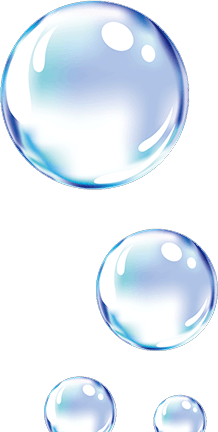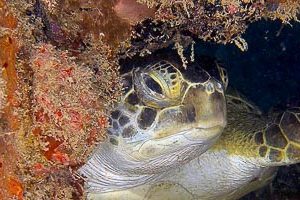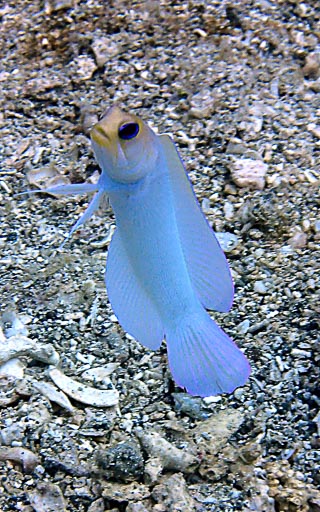How to use less air when Scuba Diving
There are very few divers out there who don’t wish they could make that tank of air last longer.
There are no secrets to enjoying a longer dive, however it takes attention to detail and practice.
You are on vacation, a beautiful day for diving. You are briefed, ready to go and the dive goes like a dream.
After 30 minutes you signal to the dive leader that you and your buddy are low on air and up the line you go.
Safety stop done, you are back on the dive boat with 500 psi and your computer shows a dive time of 35 minutes.
Other divers start coming back about 10 minutes later. Others are back 20 minutes later, wow! You think, “they must be really good on air, I wish I could do that”
How you personally can use less air
Weighting – getting it right.
Take time to get this correct, do a weight check, do another when something changes.
If at the end of a dive with 500 psi, at safety stop depth, you still need air in your BCD to stop you sinking then you have been carrying too much weight the entire dive.
If you are having trouble staying down, then you are under weighted (or breathing to heavily!)
Don’t underestimate the effects of this extra weight, it takes a lot of energy to push that extra weight around.
Putting extra air in your BCD to compensate for too much weight is a “fudge”, not a solution.
Buoyancy control – You need to be neutral.
If you are over using the inflate/deflate on your BCD then all that air is going to waste. (read my post on BCD mistakes).
BCD is for minor adjustments underwater, everything else is done using your lungs.
Carrying too much weight usually results in over use of your inflator button.
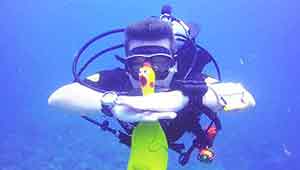
Finning action – don’t try to walk through the water.
Usually the best finning action for a beginner is the “scissor kick”, the power for these kicks should come from the hips, not from the knees.
If you look like you are pedaling a bike or walking a stair climber then you are doing it wrong.
Also, don’t be constantly finning, kick and glide, kick and glide.
If you have to fin to keep yourself off the bottom then adjust your buoyancy.
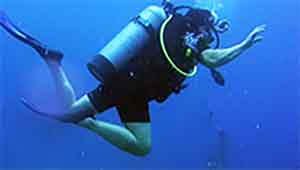
Body position – Horizontal is best.
Your body should be horizontal in the water, arms tucked in.
This means that your fins (and legs) will pass through the “hole in the water” created by your body, less water to move, less energy used, less air needed.
If your BCD has trim pockets on the back, try moving some weight to the trim pockets, it will help your body position.
Breath correctly.
Short, rapid, shallow breaths are not your friend, you will very quickly feel like you are not getting enough air.
Breath a little slower than is normal, take in a little more air than you normally would and exhale slowly. Remember we are never holding our breath, just slow the breathing action down some.
Once your breathing rate is under control you can start to use your lungs to regulate your buoyancy.
Remove the clutter – Don’t take all the new toys.
Your essential safety gear should not be dangling loose from your BCD, secure everything inline with your body. Better still put it in a pocket.
Your SPG needs clipping on close to your body, likewise your spare regulator.
If you don’t need it for the dive, then don’t take it, match the gear to the conditions.
Use a Snorkel on the Surface.
Don’t waste valuable diving air on the surface, use your snorkel, also learn to float correctly in your BCD.
If you don’t like carrying a snorkel because it gets in the way then invest in a folding or roll up one that can fit in your pocket.
Remove the stress factors – Chill out.
Check your gear the night before
Arrive early for your dive, set up slowly and check everything.
Listen to the dive briefing, plan your entry and your dive.
Visualize yourself gearing up, entering the water and descending, if your relaxed at the start of your dive, you will probably stay that way.
